Interactive Playground Equipment: The Future of Play
Mar 15
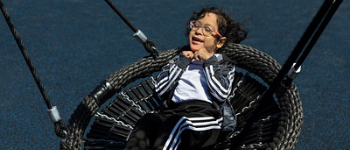
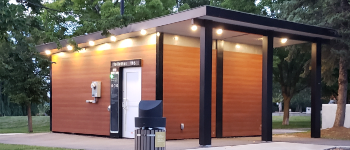
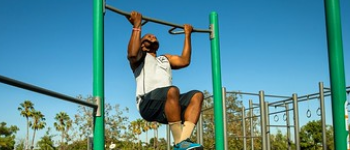




Apr 13
Sensory play is an important part of incorporating accessibility throughout the design of your playground. Sensory play involves any activities that engage the five senses — sight, smell, touch, taste and sound. Kids love it when they can touch, hear and see amazing things at the playground!
As playground designers, we want to ensure our playgrounds are inclusive for every child. Sensory play and interactive play are essential for keeping every child comfortable and engaged at the playground.
In this blog, we’ll discuss why you should incorporate sensory play into your playground and a few ways to do it.
Interactive play is where the digital world and physical world meet — think of it as real-life gaming. The electronic video game portion brings challenge, problem-solving, and continued renewal of game options to play. It also carries the possibility of tailoring the play level to the needs and demands of the player. The physical portion brings benefits such as exercise, social interaction, teamwork, and experiencing the outdoors in a healthy manner. Interactive play combines them into the best of both worlds.
Interactive play pieces can be controlled by the equipment owner (municipality, school, university, etc.) via the internet. Interactive play equipment is suitable for any environment, and just like traditional play, interactive play can be performed anywhere.
All children benefit from sensory play, but these types of experiences have special advantages for kids with disabilities. Inclusive play equipment includes swings and spinners that stimulate kids’ proprioceptive systems. Free-standing sensory play elements are also a great way to provide a place for kids to play in smaller groups or with a caretaker. Add a variety of free-standing pieces to create multiple isolated and exciting experiences, so there are a plethora of options for play. Equipment that incorporates music and other sounds are ideal for giving kids with visual impairments an opportunity to engage with the play space!
Planning a playground should also include thinking about multiple ways to engage a kid’s sense of touch. Textured panels are one way to provide a tactile experience. You can even include playground equipment with Braille, creating a more inclusive space.
A splash pad installation is another way to give kids the chance to explore the world through touch. Feeling the cool water splash on their skin stimulates their senses. Kids can also engage in heavy work by filling up buckets and other water toys.
Including interactive and multi-sensory equipment on your playground makes it inclusive and accessible for children of all ages and abilities.
For interactive play, we’ve partnered with Yalp (“play” spelled backward) to bridge the gap between the digital world and the real world. This equipment offers a way to enjoy gaming in a physical way. Each piece of equipment also offers single or multiplayer games.
Multi-sensory playground equipment engages the body’s sensory systems, helping kids coordinate their movements and regulate their behavior.
Other benefits include:
Yalp offers several varieties of interactive playground equipment, all of which can be updated or changed using the internet. Read the catalog here.
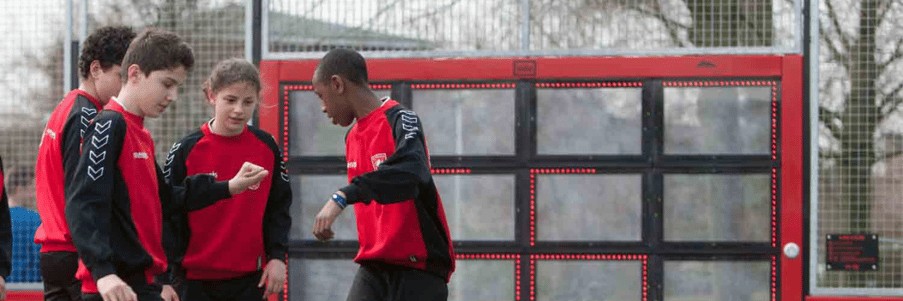
The Sutu Soccer Wall promotes health and social interaction. The games offered can be updated regularly, which keeps the activities new and challenging. There’s also a mobile element with this game — download it to compete against friends and the community. Each game on the Sutu wall can be played by children of all ages and ability levels.
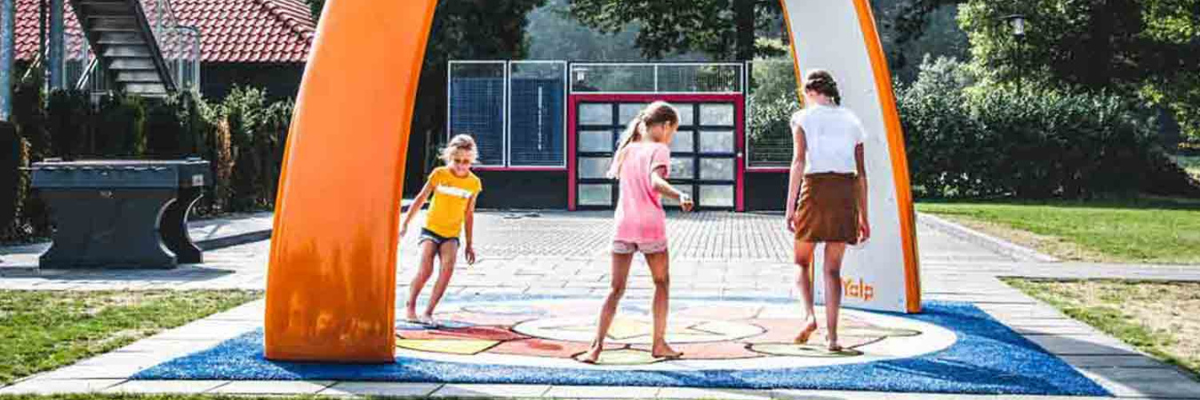 The Sona arch transcends age and physical and emotional barriers. Just like the Sutu Soccer wall, the games remain challenging because they can be updated regularly, and they are 40% more intensive than basketball. Even adults will enjoy this equipment!
The Sona arch transcends age and physical and emotional barriers. Just like the Sutu Soccer wall, the games remain challenging because they can be updated regularly, and they are 40% more intensive than basketball. Even adults will enjoy this equipment!
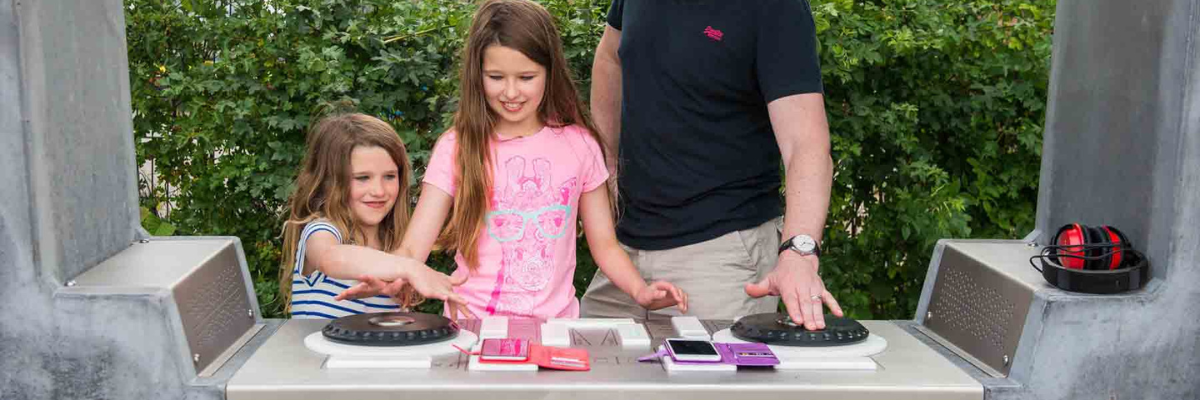
Play music from your smartphone or use pre-installed sounds to add some beats to your playground visit. The Fono is vandalism-resistant and built to last. It is a Red Dot award winner.
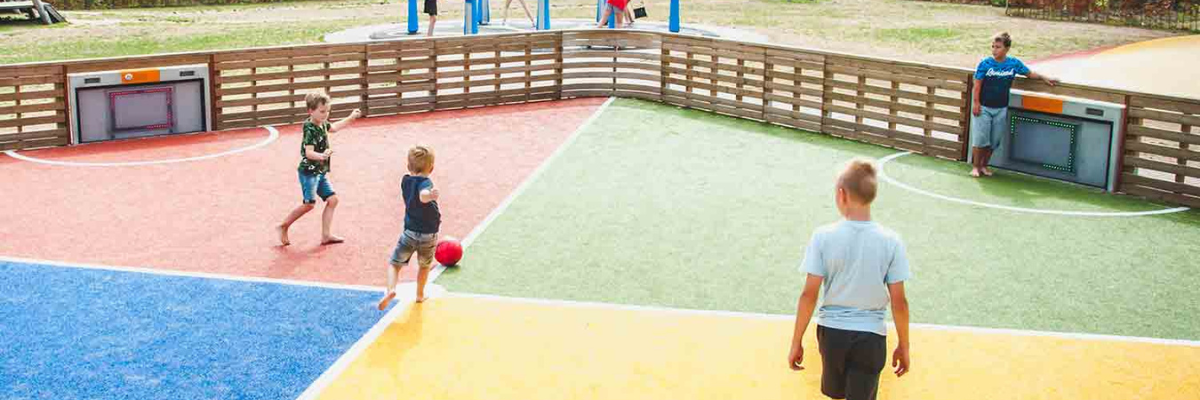
When kids play on the Toro Athletic Court, they learn tactical play and physical training. It’s a great place for social interaction with larger groups of kids, no matter their age.
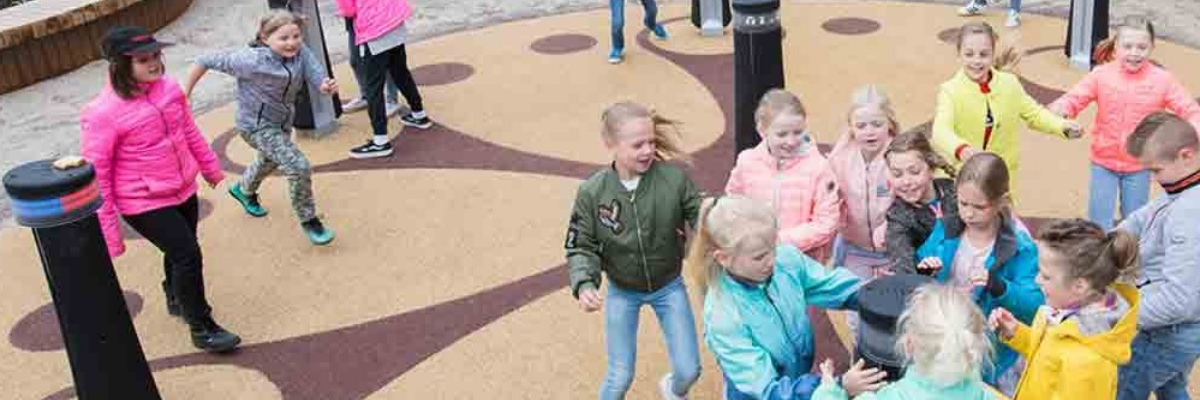
In the Memo Activity Zone, kids can participate in educational games that can be easily changed or updated. The Memo Zone can also be used to reinforce classroom lessons, for example, teachers can use this area to teach spelling, multiplication tables and other academic concepts in a fun and innovative way. There are so many different S.T.E.M. learning games, and new ones are constantly being developed.
Sensory playground equipment includes:
A playground with sensory needs prioritized should have a wide range of experiences to accommodate everyone. Multiple stations provide opportunities for every child to play their way. Consider placing some spinners off to the side of a larger play structure that has educational panels, inviting kids to explore what they want to do. As you reach the end of your design planning, you can ask yourself if each sense is represented. How much play value exists in your sensory play environment?
Interactive equipment offers features that encourage children to learn more about the world. They can take a geography quiz, or practice reciting and recognizing words in a new language. This education tool can be used by schools and outdoor programs but will also be accessible to anyone in your community, building an overall more vibrant and inclusive space.
What happens when you install interactive playground equipment? You make it so that everyone can play. From kids to adults, seeing equipment with lights and sounds attracts attention. Once you’ve brought them to the playground, you can then keep them coming back with new games and opportunities to enjoy their time outside.